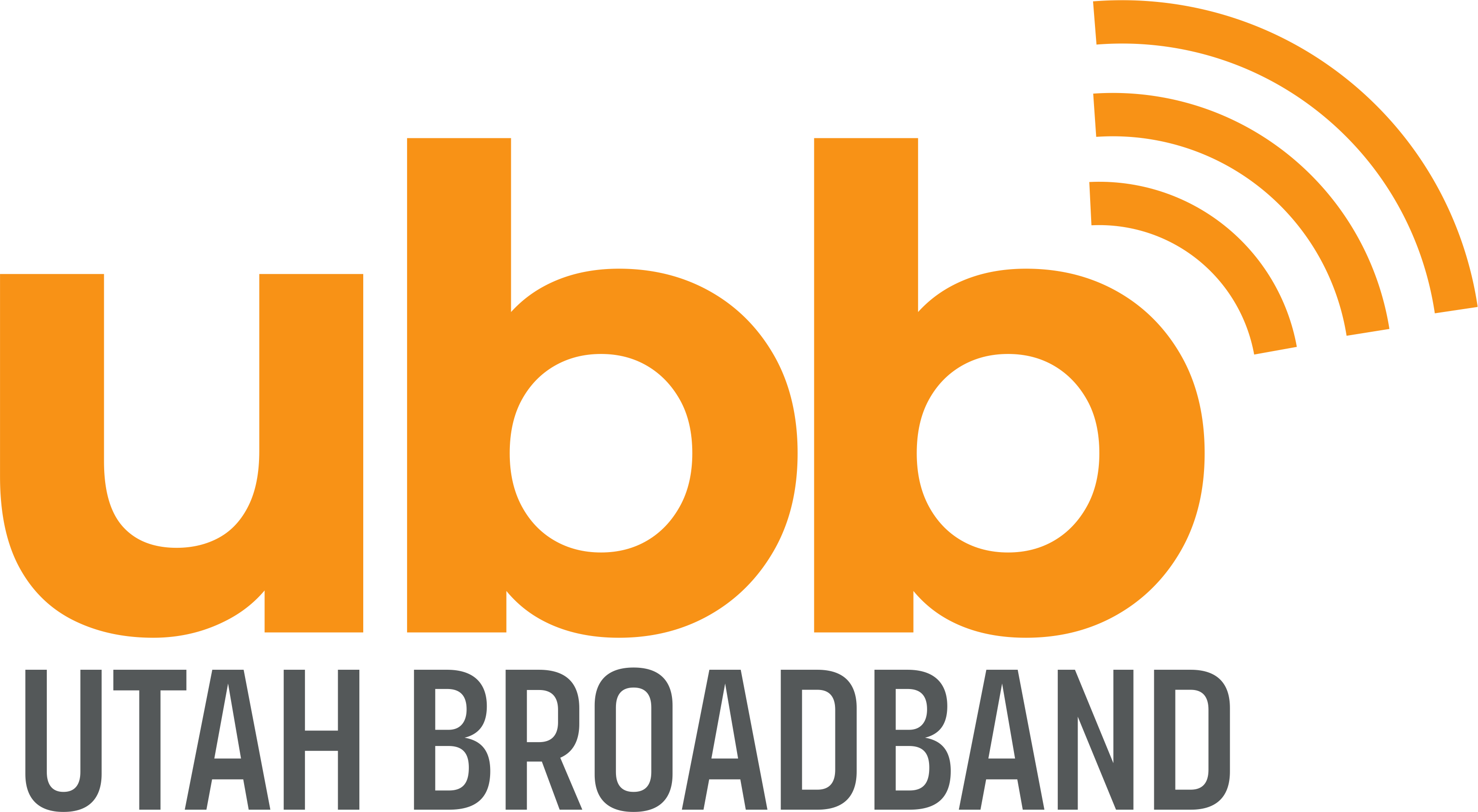When it comes to internet use, the pandemic has been like a surge of bad weather. When we’re trapped at home, we tend to hit our favorite sites and scroll away to combat boredom.
What’s different with the pandemic, however, is what we use the internet for, how we use it and what happens to those who don’t have it. Sure, Netflix and other entertainment websites are seeing huge amounts of traffic. Daytime streaming has especially gone up, since evening entertainment activities have taken over daytime hours, as well.
But as we lose touch with the opportunity to meet face to face, we’ve been turning to our online sources to keep our connections going strong.
BEYOND SOCIAL MEDIA
Yes, social media has seen a big uptick in traffic. What’s interesting, however, are the other programs we’ve been using more.
According to UCONN, “While traditional social media sites have been growing, it seems that we want to do more than just connect through messaging and text — we want to see one another. This has given a big boost to apps that used to linger in relative obscurity, like Google’s video chatting application, Duo, and Houseparty, which allows groups of friends to join a single video chat and play games together.”
With working from home, obviously, we’re using Google Meet and Zoom for our meetings and to stay connected with co-workers. But checking in on social media with friends and family doesn’t cut it anymore, nor does the occasional phone call. We want to feel like we’re in a room together.
Happily, we have the technology.
LESS SCROLLING
Believe it or not, studies show we’re actually using our phones less during the pandemic. Now that we’re home for longer periods of time, we are enjoying our technology on bigger screens.
Not only are our meetings and face-to-face family time much easier on our eyes, but internet users are also using bigger screens to expand their horizons.
USING TIME WISELY
The people who are faring the best during this lockdown are the ones using this time to gain new knowledge, learn new skills, and basically try out every new hobby they have always wished they had the time to do!
Everyone is trying their hand at baking, and sourdough forums are full of new chefs learning the art of fermentation. The ones who aren’t doing as well are members of at-risk families.
THE INTERNET GAP
The online resources that have kept the majority of the population sane and productive during the pandemic haven’t been necessarily available to at-risk populations.
When two girls were found sitting on the sidewalk outside of a Taco Bell in California to use the establishment’s free Wi-Fi to do homework, the public was shocked.
Richard Gebin, public relations officer for the Salinas City Elementary School District, stated “The digital divide is very real and delays in receiving needed technology are a statewide concern.”
What’s even more surprising is some teachers don’t have the needed equipment and access to reliable internet. According to Common Sense Media, while about 30% of students don’t have what they need to for distance learning and homework requirements, “from 300,000 to 400,000 K–12 teachers live in households without adequate internet connectivity—roughly 10% of all public school teachers—and 100,000 teachers lack adequate home computing devices.”
Schools are stepping up and getting devices and hotspots out where they’re needed, but the process has been slow. The more reliant we are on internet access, the more we realize the difficulty of social disparity.
In the end, this pandemic experience has shown us what’s important in our lives and how to use the phenomenal tools we have to accomplish our professional and educational goals.
What we’ve also discovered, however, is that we need to work harder to get internet access to those who need this necessity for daily living.
Next time you’re in need of fast and reliable internet services, consider Utah Broadband.


